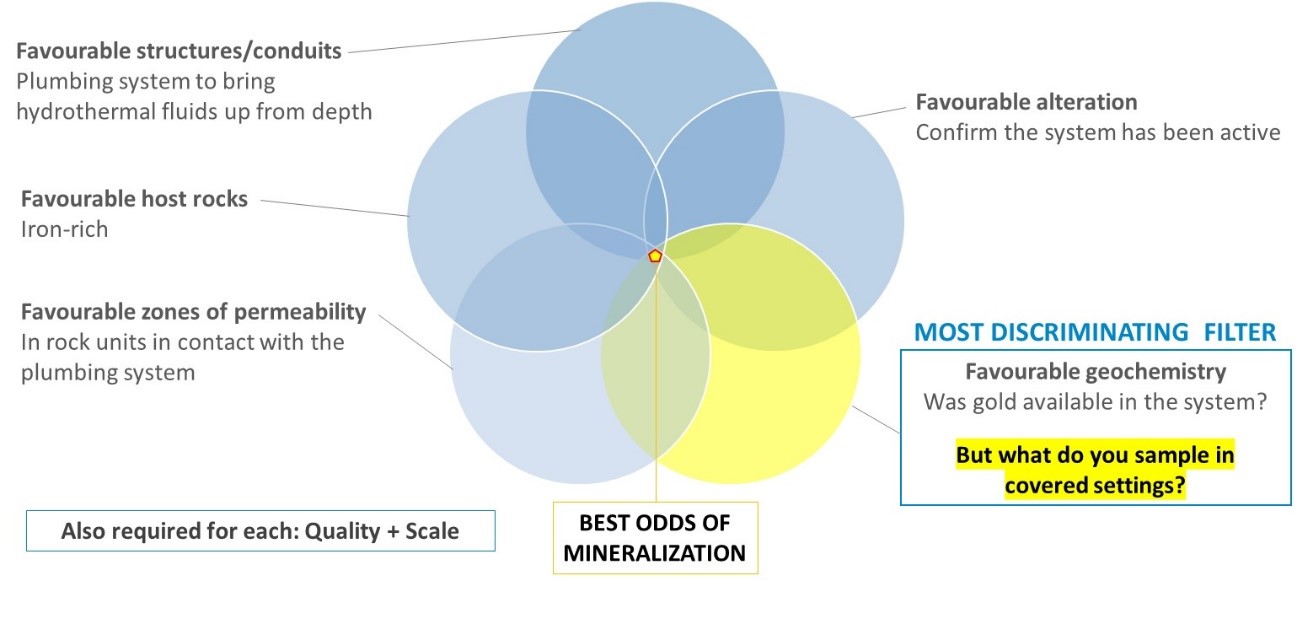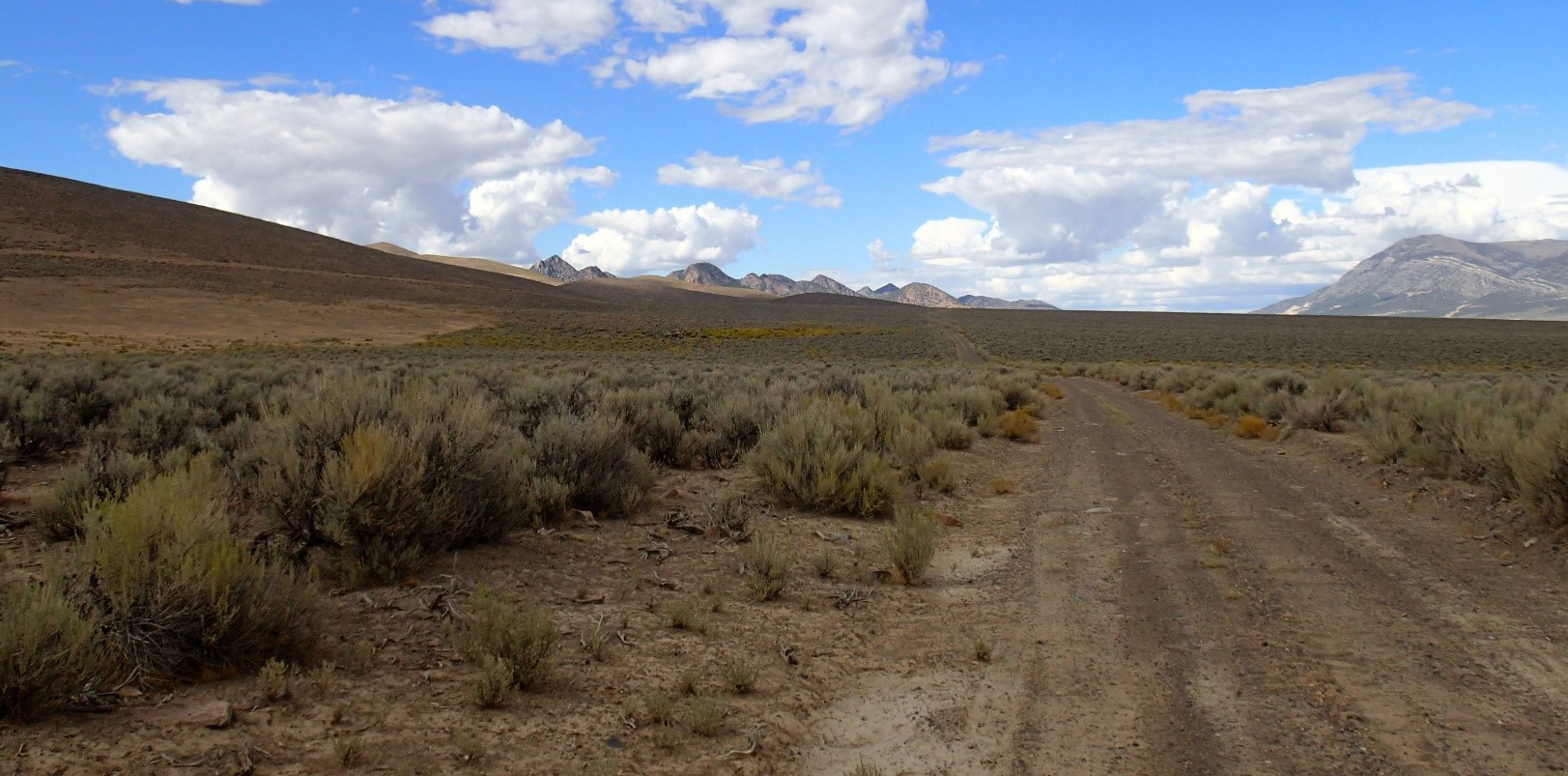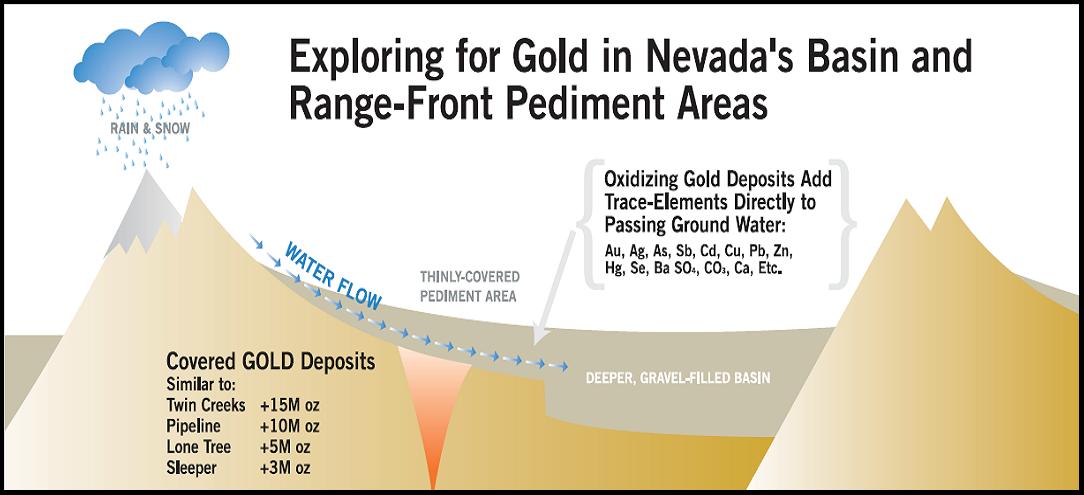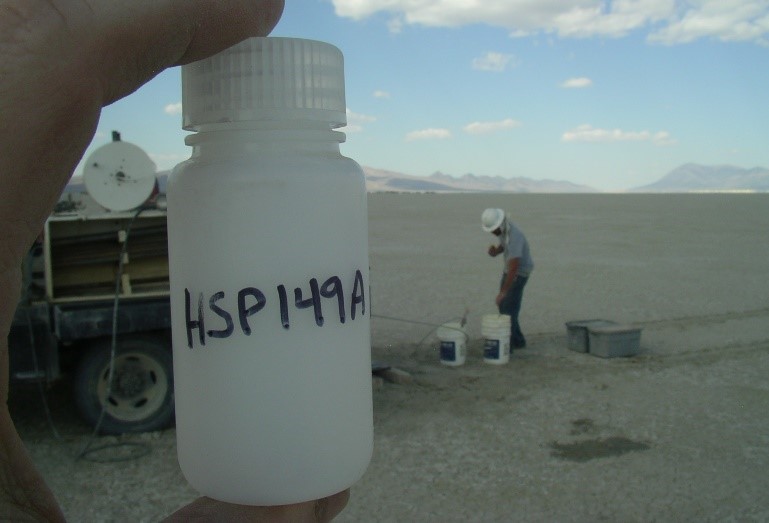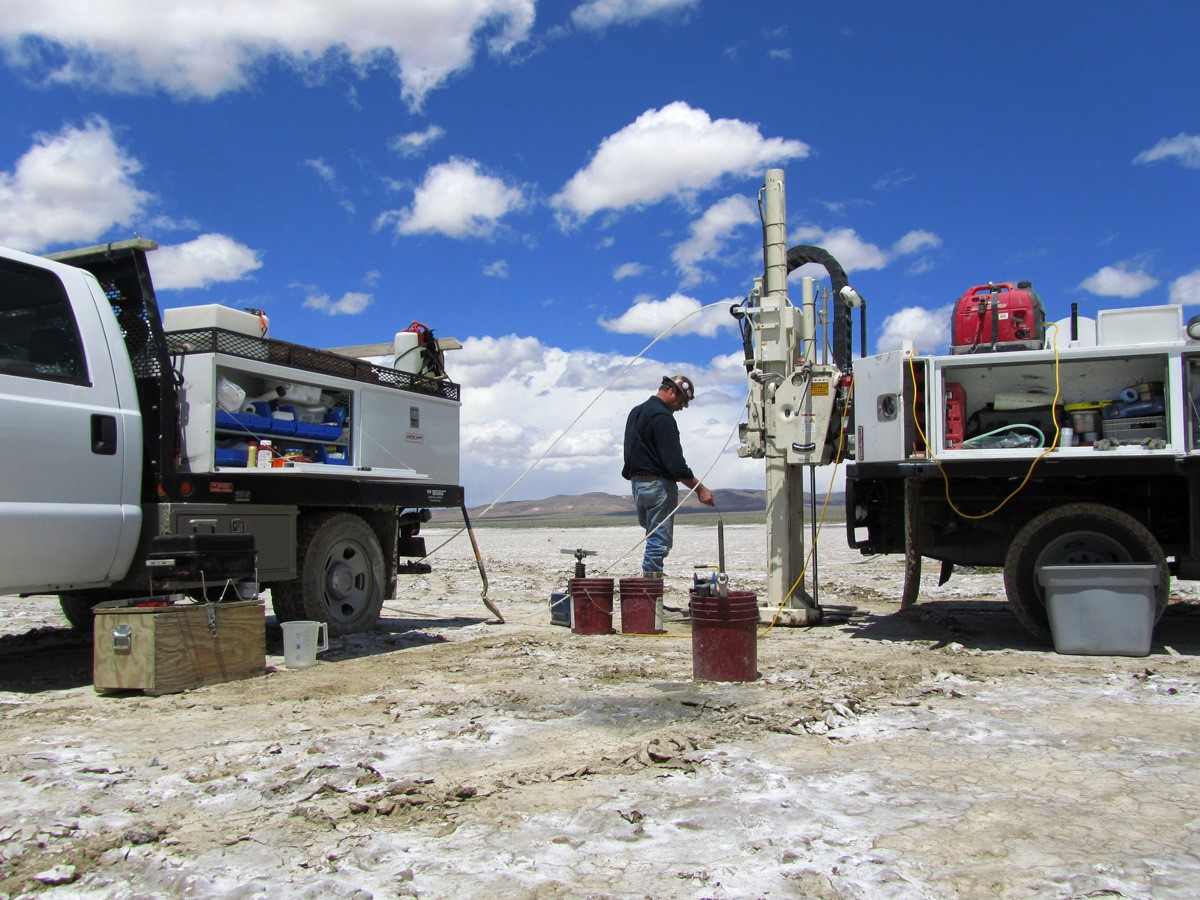SEEing THROUGH COVER USING HYDROGEOCHEMISTRY
The importance of geochemistry
The critical controls and building blocks of Nevada’s large Carlin-type gold deposits (CTGDs) are well understood. Explorers are trained to look for targets where favourable and suitably permeable iron-rich (and often carbonate) host rocks are intersected by major structural conduits that exhibit evidence of hydrothermal alteration plus characteristic trace-element geochemistry. In exposed terranes, each of these critical components can be inexpensively and systematically evaluated across large areas to generate and advance new targets; however, in covered terranes, establishing their presence without resorting to expensive blind drilling becomes challenging. Where explorers cannot map geology and collect bedrock samples directly they have had to rely on indirect tools to guide their searches, such as geophysics, which while often helpful in identifying potential structural conduits and host rocks, cannot answer the important question: is there any gold in the system (geochemistry)?
It doesn’t matter how good the rocks or how complex the structural fabric may look, geochemistry provides the most discriminating filter for explorers. Metal is the best vector to metal, and large, systematic, regional-scale geochemical programs have historically been a backbone of generative exploration, providing the groundwork to open up new exploration search spaces, such as the famous indicator-mineral sampling programs that opened up the Canadian north for diamonds.
Hydrogeochemistry: a new tool to open up covered terranes
Across commodities and across jurisdictions, there is a pressing need for new tools and workflows that can cost-effectively evaluate and constrain large covered terranes guided by direct indications of the minerals of interest. Without exposed bedrock to sample, in order to open up Nevada’s covered terranes for gold exploration, explorers require a geochemical sampling tool that can search and then vector toward mineralization by following gold directly, but the question has been: what do you sample?
The answer is groundwater. In addition to being covered with valley basin fill (sand, gravel, etc.), Nevada’s covered terranes are also saturated with groundwater. Water is known as the “universal solvent”. As groundwater flows through the subsurface and interacts with the covered bedrock below, the groundwater acquires a unique hydrogeochemistry signature or “scent” representative of the bedrock it has encountered, providing valuable geochemical information in covered settings, and representing an important and under-utilized sampling medium.
Researchers have shown that when groundwater interacts with a gold deposit where the gold is contained within soluble mineral complexes, such as pyrite and arsenopyrite in CTGDs, these soluble complexes can react with the oxygen (oxidize) in the groundwater and release gold (plus related trace elements) into the groundwater, producing a measurable and recognizable hydrogeochemistry footprint. Because groundwater mixes and flows, a deposit’s hydrogeochemistry footprint is often much larger than that seen in other sampling media, which can significantly reduce the sampling density needed to detect a target, and thus decrease the number of samples needed to evaluate large search spaces. Beyond increasing the size of a deposit’s geochemical footprint, groundwater movement can also define a gradient or vector pointing back to its source, and because groundwater can recharge from depth, sampling groundwater can provide opportunities to detect deeper mineralization.
In contrast to both blind drilling and geophysics, groundwater sampling provides the unique mix of direct and low-cost geochemistry information. By providing opportunities to increase the size of deposit footprints, reduce the number of samples needed to evaluate an area, vector toward mineralization, and detect deeper mineralization, hydrogeochemistry represents an ideal geochemical exploration tool for opening up covered search spaces to systematic exploration.
In terms of gold exploration, the best hydrogeochemical pathfinder for gold is gold itself. Despite its relatively low solubility, with proprietary sampling protocols and the latest ultra-trace laboratory analytical methods, Nevada Exploration has established workflows to achieve the robust part-per-trillion (PPT) level analysis needed to detect and respond to gold in groundwater directly. To learn more about the science behind hydrogeochemistry and its application for gold exploration, please visit see the Technical Resources page.
Integrating hydrogeochemistry for systematic exploration
Even with ppt-level analysis, due to physical and chemical groundwater processes such as mixing and adsorption, a practical implication of gold’s low solubility is that the size of a deposit’s detectable gold-in-groundwater footprint is generally smaller relative to that of other hydrogeochemistry pathfinders. Based on the results of large groundwater characterization studies around known gold deposits in Australia and Nevada, researchers have shown that the ideal sampling density to respond directly to gold in groundwater during regional-scale exploration is in the order of one sample per square kilometre.
Because most groundwater sampling programs rely on collecting groundwater samples from existing boreholes, such as windmills and other wells, explorers have had to accept virtually no control over sampling locations. As a result, without the ability to collect samples at a density suitable to respond to gold in groundwater directly (approximately one sample per square kilometre), explorers have had to rely on more mobile, but less diagnostic, pathfinders such as arsenic and antimony. Furthermore, with no control over sampling locations, explorers have been unable to integrate hydrogeochemistry with other geologic tools to provide this important geochemistry data across search spaces identified as prospective based on other lines of evidence, such as projections of favourable geology or geophysics.
Understanding the important information hydrogeochemistry provides, and the potential to integrate it with conventional exploration tools to complete systematic exploration across large covered terranes, Nevada Exploration is the first company to develop and use specialized equipment to complete purpose-drilled boreholes to conduct large hydrogeochemistry sampling programs across areas that do not otherwise have sufficient existing groundwater sampling boreholes. With this equipment, Nevada Exploration is using hydrogeochemistry to evaluate covered terranes in Nevada for approximately $1,000 US/km2, which represents a radical cost breakthrough to acquire direct geochemistry information across large covered search spaces. Nevada Exploration believes no other exploration tool provides more information per dollar, and the Company is leading the industry in incorporating hydrogeochemistry for exploring for new CTGDs in Nevada’s covered basins.
LEARN ABOUT NEVADA EXPLORATION’S GENERATIVE HYDROGEOCHEMISTRY EXPLORATION PROGRAM


